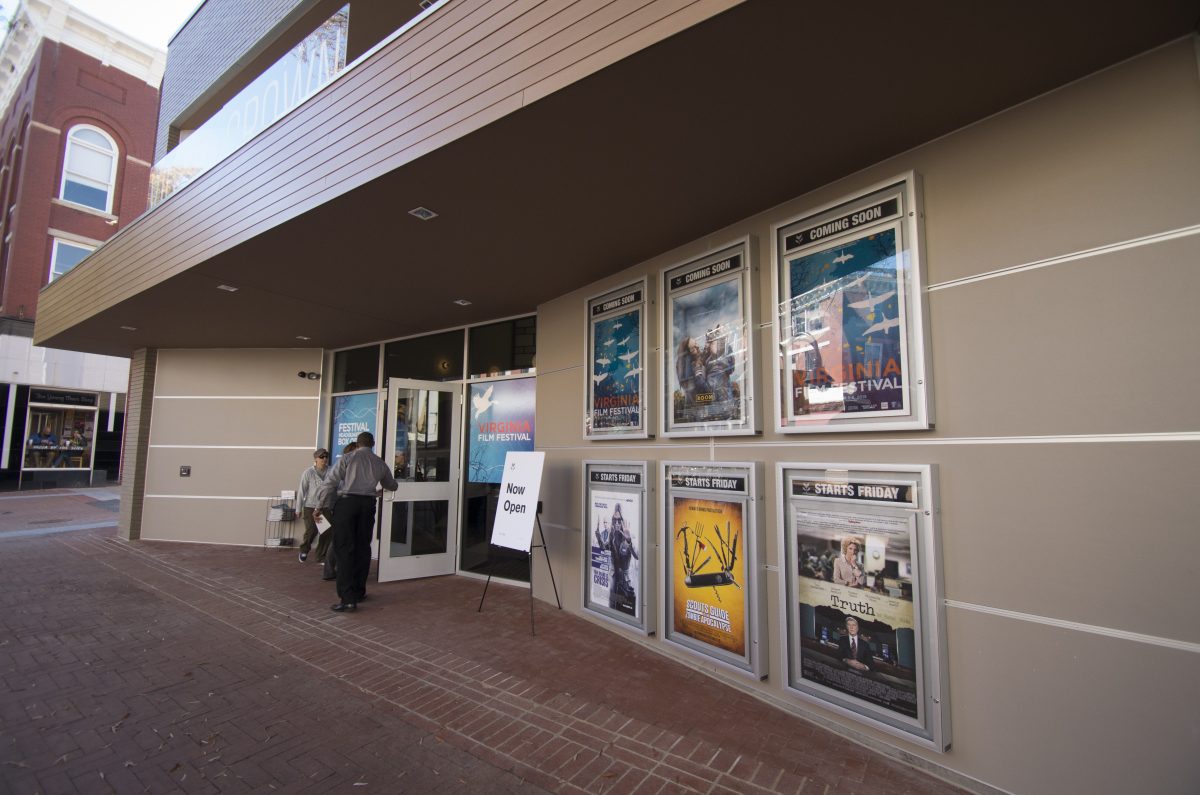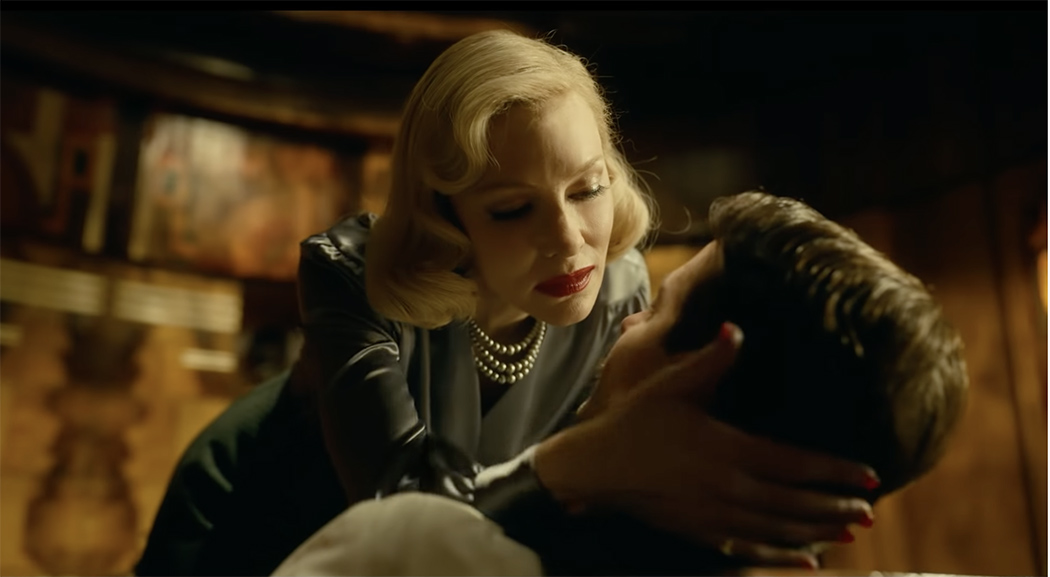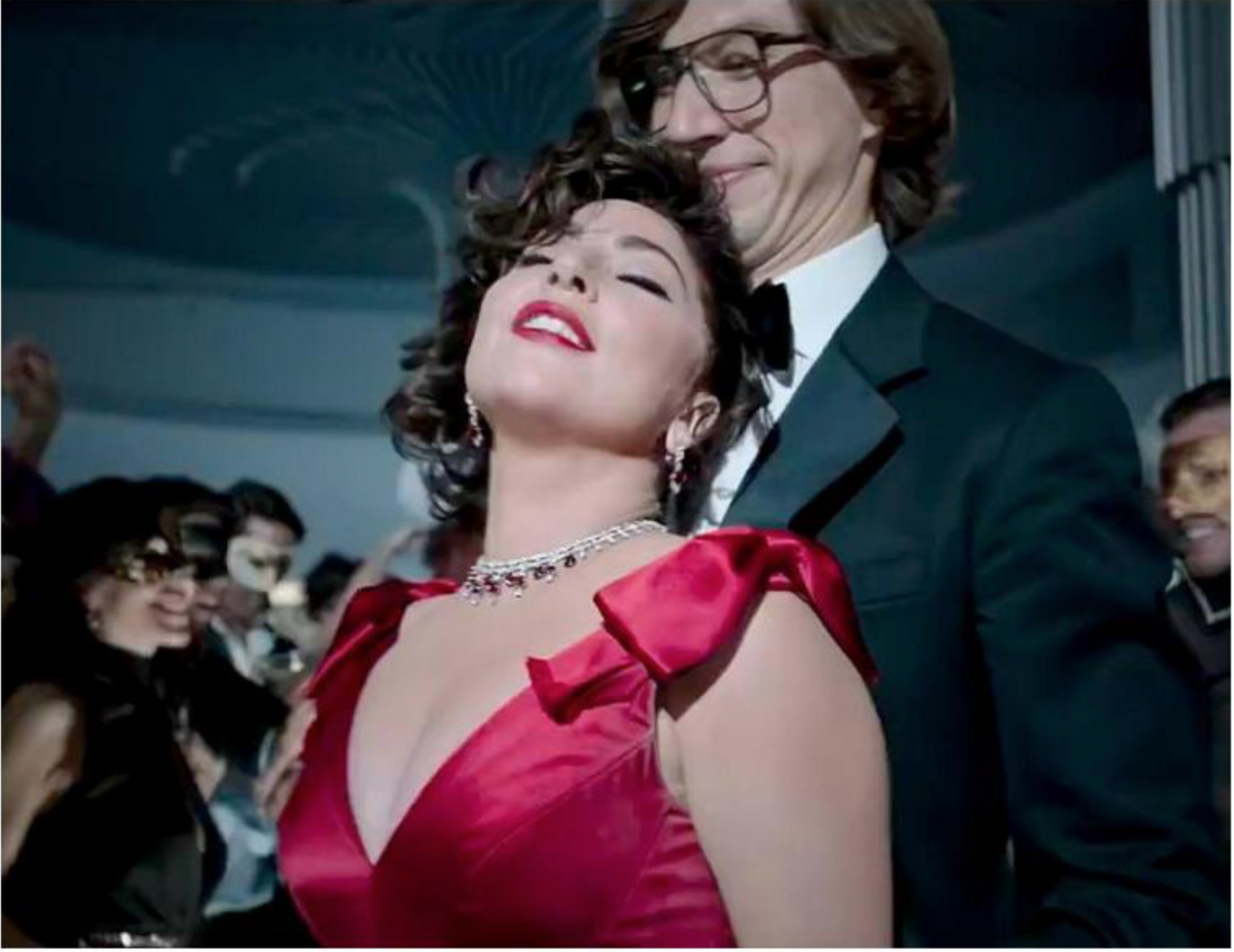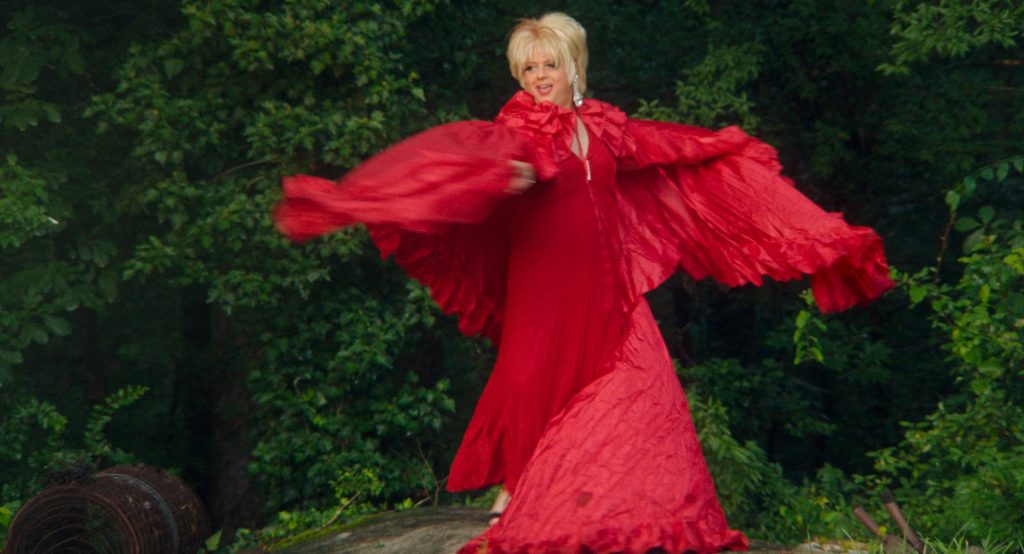Crowds rarely attend meetings of the Charlottesville Board of Architectural Review, but quite a few people showed up for a November 19 preliminary review of a potential 184-foot-tall building at the Downtown Mall site of the Violet Crown movie theater.
“I completely understand the magnitude of the importance of this property cannot be overstated,” said Jeffrey Levien of the firm Heirloom Development.
Levien has a contract to purchase the site, so he was allowed to ask the BAR for its initial thoughts on the height and massing of the proposed structure. He said the current building underutilizes a location that would be used to support the new Comprehensive Plan goal of providing more housing.
“It’s a very important first test of our code,” Levien said.
The BAR will eventually be asked to approve a certificate of appropriateness to demolish the building because it is a contributing structure to the Downtown Architectural Design Control District. It would also have to approve plans for a new building.
Jeff Werner, the city’s historic preservation planner, said little remains of the original building constructed on the site in the late 1800s. He said the BAR has approved projects with height before, such as the CODE Building, which rises to nine stories in some locations. What matters is context.
“BAR’s review is not just the building, but its relationship to the historic district as well,” Werner said.
Under the city’s new development code, the building can be up to 10 stories or 142 feet by-right. There is also a bonus provision if additional affordable units are added above the 10 percent required by the code’s inclusionary zoning provision. If the city is satisfied, the building could be 184 feet or 13 stories.
So far, Levien has not demonstrated how he would fulfill those requirements. The Office of Community Solutions would be responsible for ensuring compliance.
“The Violet Crown is a jewel,” Levien said. “But it’s a jewel that’s just become outdated as far as a business model in the world of theaters. That’s my opinion based on a lot of fact.”
In a statement released after The Daily Progress reported that closure was imminent, the company that operates Violet Crown said it is still in business and plans to continue operations as long as it has a lease.
The president of the group Preservation Piedmont reminded those in attendance that the Downtown Mall is now listed on the National Register of Historic Places.
“As the members of the BAR, in effect, you’re the curators of the Mall, which is our city’s special space,” said Genevieve Keller.
Keller said any demolition of a property on the Downtown Mall must be considered very carefully. She said this location, as well as a proposed hotel at 218 W. Market Street, are in what used to be the Vinegar Hill neighborhood. Levien is the principal owner of that project, which he was previously planning to develop as a nine-story residential building.
‘When an application comes in for a demo there, just down from McGuffey School, that would be taking out the last fabric left of Vinegar Hill,” Keller said.
The BAR took no action because the discussion was a pre-application conference.










